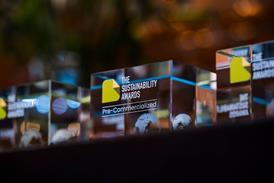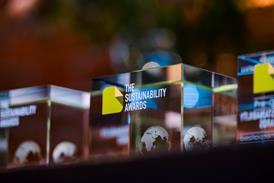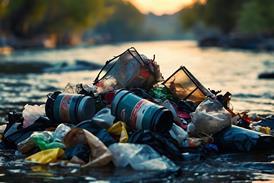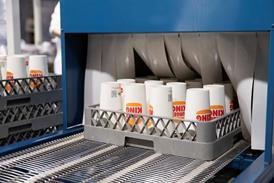Polypropylene packaging waste recycled into filaments for 3D printing

Polypropylene packaging waste has been recycled into filaments for 3D printing as the Fraunhofer Institute for Manufacturing Technology and Advanced Materials and the Bremen University of Applied Sciences join forces.
ALREADY A REGISTERED USER? SIGN IN now
Subscribe (for free) to read this article
Become a subscriber to read this story, as well as other exclusive articles and interviews. The process is entirely free and takes no time at all.





